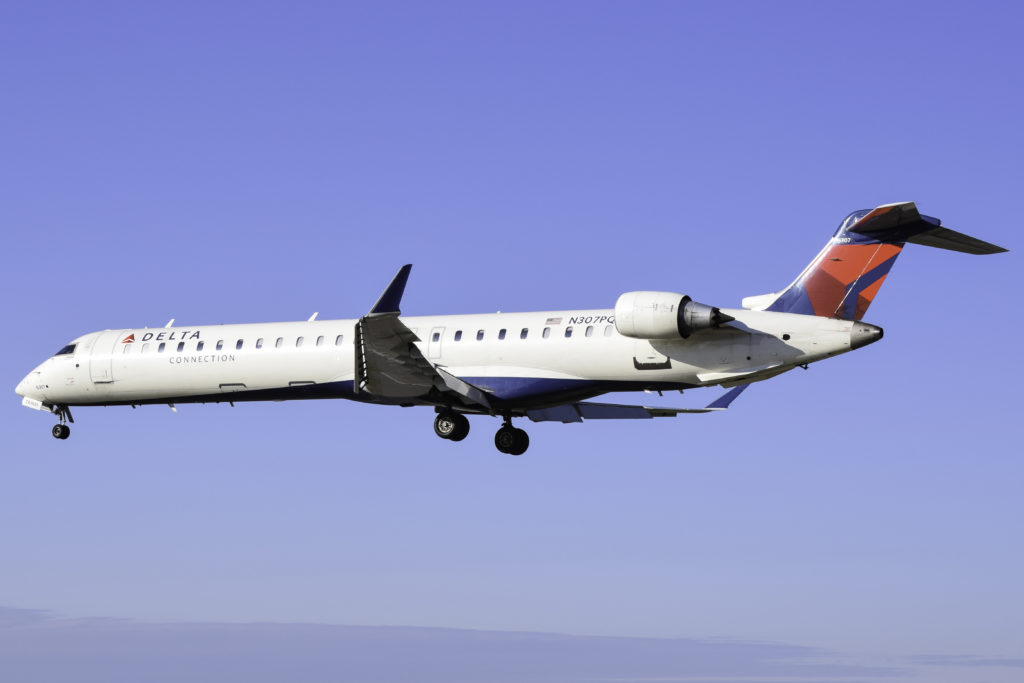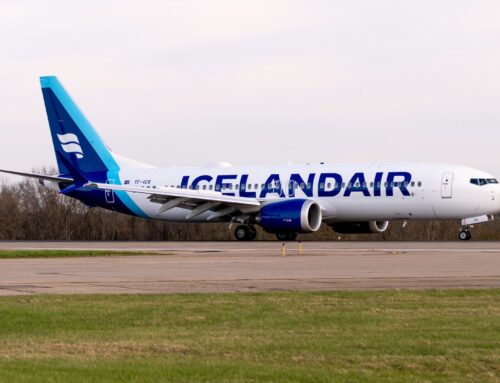Regional Airlines Create Options for Small-Market Travelers
Carriers transform regional jet experience with new amenities, service upgrades
By Evan Dougherty
Published November 18, 2019
Read Time: 4 mins
You may have boarded a flight and heard the announcement, “Welcome aboard American Eagle, operated by Republic Airways.”
While you were indeed aboard an American Airlines flight, it was actually operated by a regional carrier. The flight crew and pilots worked for Republic Airways, a subsidiary of that mainline carrier.
Republic is one of several regional carriers that operates on behalf of the three main “legacy” carriers — American, Delta and United. Other regional carriers include Envoy Air, Endeavor Air and Mesa Airlines.
Why outsource?
Airlines must connect as many cities as possible to their hub airports to remain competitive. This includes smaller cities with lower numbers of passengers traveling in and out.
Smaller jets operated by regional carriers that seat 50 to 76 passengers allow airlines to serve small-market routes more profitably than with higher-capacity mainline aircraft like the Airbus A320 or Boeing 737, which seat about 150 passengers.
While major airlines serve only about 37 percent of U.S. airports, regional airlines serve about 93 percent, said Faye Malarkey Black, president and CEO of the Regional Airline Association.
“[Regional carriers] are able to do that because we operate aircraft that are the right size for the smaller markets,” she said. “You would not be able to have a major airline go into a smaller community. And if they did manage that service, they would serve it a lot less frequently and the passengers would end up paying a lot more because they’d be trying to pay for a very big airplane carrying just a few passengers.”
Even if a market had enough passengers per day to fill a large jet, smaller jets can offer multiple trips per day, which offers flexibility to travelers. With regionals covering the lower end of capacity for an airline’s network, larger mainline planes can be allocated to routes that have more demand.
“So if an airline wants to go into a market but isn’t sure that they will be able to be competitive in that market, they could deploy a regional airline,” Black said. “That helps not only the airline that’s deploying the regional partner in testing the waters, but it also helps the community because it increases competition and the passengers there enjoy the benefit of more air service.”
According to the RAA’s 2018 annual report, 41 percent of all scheduled flights in North America in 2017 were operated by regional carriers, which provided the only passenger air service to 63 percent of U.S. airports.
“We connect those people who live outside of major cities to the rest of the world,” said Lauren Gaudion, director of communications for Republic Airways.
What’s the difference?
The Federal Aviation Administration requires the name of the operator be visibly labeled on the side of a commercial aircraft.
With regional jets, the mainline carrier’s livery is typically featured on the aircraft with a small “operated by” sticker found near the plane’s main boarding door listing the regional carrier. Also, safety cards in the seatback pockets feature the regional carrier’s name, and frequently announcements by the cabin crew mention both the mainline and regional carrier.
When booking a flight online, travelers can check the operator on any available itinerary.
Despite the differentiation forced by regulations, regional carriers aim to provide a product consistent with their mainline partners.
“Our goal … is that a passenger doesn’t notice the difference,” Gaudion said. “We want it to be a seamless transition for them when they’re flying on one flight by Republic and then transferring to a mainline flight.”
Keeping up with the mainlines
Regional jets have adopted most of the same amenities mainline aircraft have introduced in the past few years. First class and economy plus cabins with extra legroom are now standard on most small planes, and installation of wi-fi and in-seat power ports allow travelers to connect and use their personal devices onboard just like on larger planes.
Some regional airlines have even added headrests, food service and LED mood lighting.
As the experience on regional planes evolves, mainline carriers continue to add larger 70-seat and 76-seat regional jets to their fleets and allocate them to various regional partners, replacing outdated 50-seat aircraft.
Since 2014, United has added 183 Embraer E175s to its network and is currently retrofitting Bombardier CRJ-700 aircraft to a special 50-seat configuration, recertified as the CRJ-550, featuring an onboard snack bar and a true three-class cabin.
American operates 244 E175 and CRJ-900 aircraft across four regional partners, and in May 2018 agreed to a split order of 30 additional aircraft.
In June 2018, Delta became the launch customer for Bombardier’s Atmosphere cabin, with an order of 20 CRJ-900s that entered service late last year with SkyWest Airlines. Delta is the world’s largest operator of the CRJ-900.







